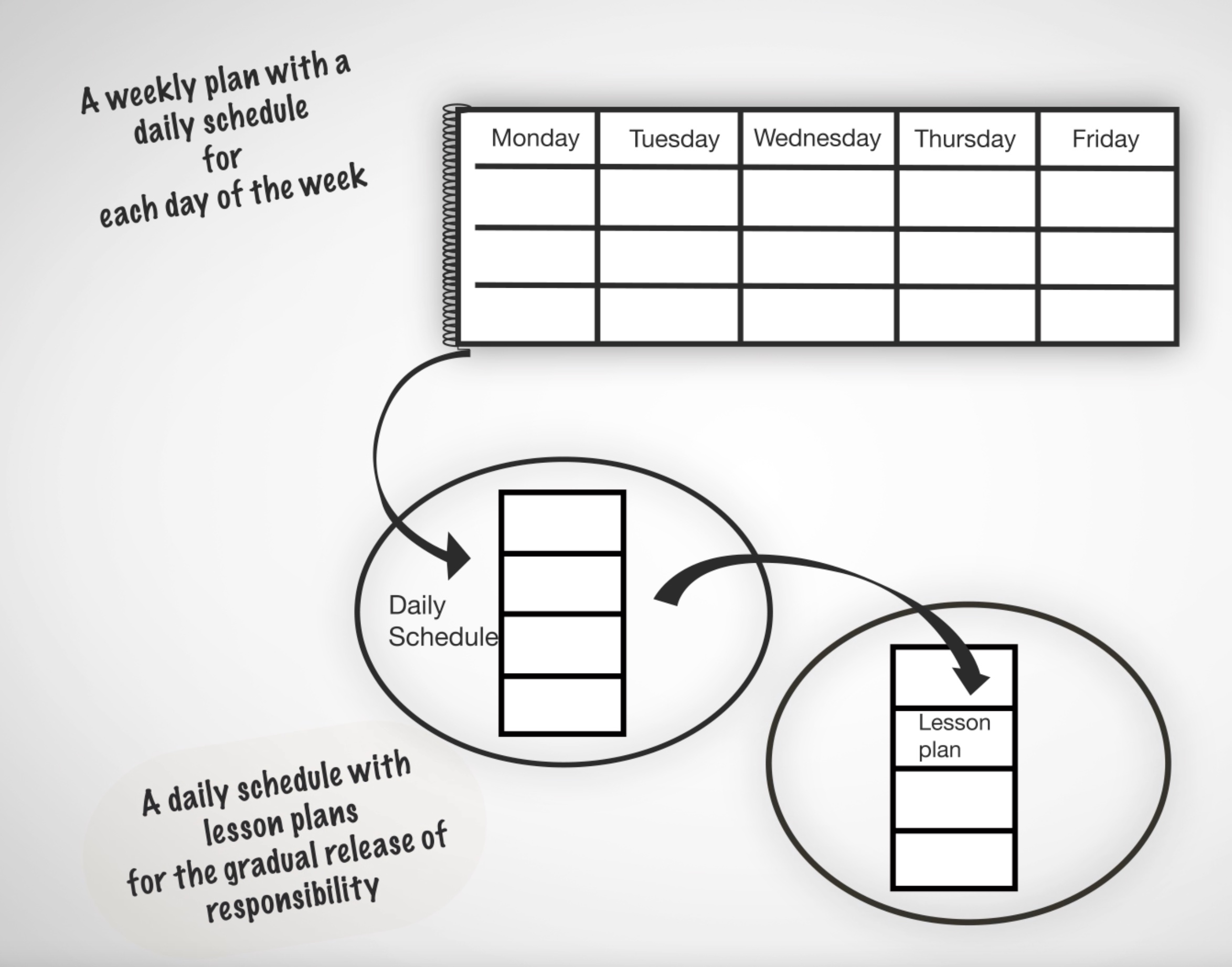“Teachers, what do you do when students faint in your class?”, Genevieve screamed as she entered the staff common room.
The frantic look on her face and the dishevelled hair was enough to tell the story of the storm that was raging in her heart. Genevieve was an intern teacher who was in the middle of her lesson when the rats that she was using to explain biological taxonomy lept right out of their containers, around the class, and in the heat of the moment got two of the class’s most weak-hearted learners to faint.
The ensuing hysteria coupled with the adolescent excitement of the learners whipped up an emotive and charged environment that spun out of control and led to more fainting. The class was now a warzone. The rats on one end properly running for their lives and the excited learners on the other end having the time of their lives chasing the rats around the room with brooms and shoes. As the drama ensued, the intern teacher ran out to get reinforcements, much to the elation of the class that was marked with a loud, “yeeeeeeeeeeeeeeeeeeee!!!”, as she left the class.

What do you do when chaos breaks loose in your class?
In fact, the better question would be, how do you avoid chaos in your class? Is it possible to have no surprises? The answer is no but are there ways to avoid being blindsided by the many activities of the school environment.
Teachers are faced with many unexpected turns during the school day. While some may not be as extreme as Genevieve’s case, there are stories of close calls among schools that would make one gasp and hold their mouths in disbelief.
As chaotic as a classroom may get, teachers should never work without a plan. Abraham Lincoln is quoted to have once said, “Give me six hours to chop down a tree and I will spend the first four sharpening the axe.”
Teaching Training Together (TTT) offers a course for teachers that includes training on how to plan for a class period, a week/month of learning, and finally, a term/year of learning. This course covers the integration of the lesson, day, week, month, term, and year plans. It delves into the things that a teacher needs to look out for as they are making a lesson plan, the smallest unit in the whole planning process and how to make effective plans that can be reviewed and evaluated to measure their success objectively.

This course also discusses effective, daily communication with the learners and its impact in setting the agenda for the day for the sake of both the teachers and the learners. The course content is guaranteed to better a teacher’s planning skills which will affect the teacher and the learners in the classroom.
Back to Genevieve’s dilemma, her rather excited cry for help was met with a loud bout of laughter from the teachers present in the staff common room. After they had had their full dose of laughter, they then ran to put the situation under control.
Don’t plan to fail by failing to plan. Planning in advance for a school day is as smart as sharpening your axe before you chop down a tree. Commit the time now to invest in yourself with this online course to help you become a more effective teacher!
Flavia is an educator with a passion for teacher training and school leader development. Flavia has been a TTT partner since 2020.
